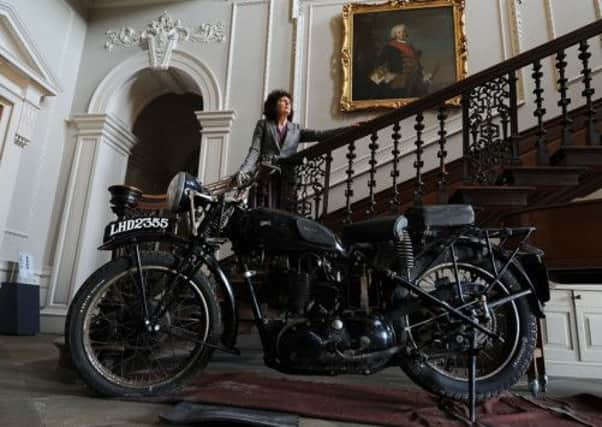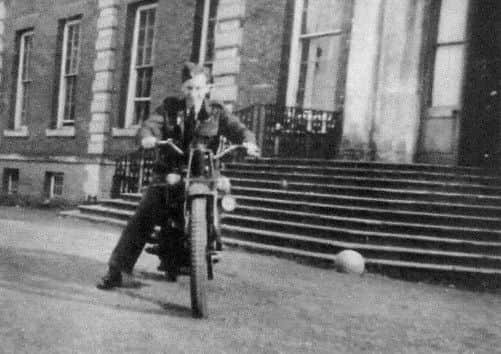How war changed the face of country houses


Now, on the eve of the 100th anniversary of the start of the First World War, the famous houses are telling the stories of how world war ruptured privileged lives and hastened the decline of the wealth of the landed elite.
A series of exhibitions, Duty Calls, Country Houses in Times of War are due to open at 10 Yorkshire properties which are reminiscent of story lines from hit TV series Downton Abbey.
Advertisement
Hide AdAdvertisement
Hide AdAt Kiplin Hall near Richmond, North Yorkshire, the lives of the Talbot family were profoundly affected by the carnage of the Great War.


The final owner of Kiplin Hall, Miss Bridget Talbot, trained as a nurse and from 1915 served on the Austrian-Italian front.
She tended injured soldiers before moving to Turkey to work with Russian refugees.
She was awarded the Italian Medal for Valour and an OBE in 1920 for her war work.
Advertisement
Hide AdAdvertisement
Hide AdMiss Talbot’s favourite brother, Geoffrey, was tragically killed in a flying accident in 1916 following a year of combat with the Royal Naval Air Service.
Witnesses to the crash described how the 28-year-old Geoffrey had manoeuvred his plane away from a 5,000-strong crowd of troops to avoid crashing among them. He was hailed for his courage in the face of death.
Just over two decades later the tranquillity of Kiplin Hall was again broken with the arrival of troops evacuated from Dunkirk.
Miss Talbot, who witnessed their arrival, wrote: “After Dunkirk a regiment was given a rendezvous at the house; all day and all night straggling and exhausted men arrived...every floor was covered with men sleeping as if dead. It was a sight never to be forgotten with the hot sun streaming in at the windows on to the pictures, old furniture, the walls of books and the floor a silent carpet of prostrate khaki figures.
Advertisement
Hide AdAdvertisement
Hide Ad“With the help of a little gardening, bathing in the river and sleeping these Dunkirk men gradually recovered from their weariness and mended their shattered nerves.”
Similar stories of sacrifice will be told at Beningbrough Hall and Gardens, near York, which has received £42,000 Heritage Lottery Fund money for a new project, Beningbrough at War: From Country Lanes to Violent Skies.
In 1941 the Hall was requisitioned by the RAF as a billet for bomber crews from Linton-on-Ouse and from 1943 Royal Canadian Air Force crew were based there.
At Newby Hall, Ripon the role of the house in the Second World War was shrouded in secrecy.
Advertisement
Hide AdAdvertisement
Hide AdIt was reserved as a safe haven for the Royal Family should their palaces come under attack. The house had to be ready to receive the royal party with six hours’ notice.
And at Sewerby Hall, Bridlington the story contrasts the experiences of the Lloyd-Greame family and their estate workers during both world wars. From being a country house estate the staff and family had to cope with it being taken over as a convalescent home for RAF personnel.
The Duty Calls series of exhibitions has been co-ordinated by the Yorkshire Country House Partnership.
A Partnership spokeswoman said: “The exhibitions reveal that ‘duty’ came in different forms, from domestic to national service. Men were sent away to fight, women volunteered as nurses, houses and horses were requisitioned. The rise of aerial warfare meant danger from the skies, and the impact of death among loves ones and neighbours cut across social strata.”
Advertisement
Hide AdAdvertisement
Hide AdThe exhibitions feature photographs, paintings, military memorabilia and a selection of letters, journals and estate papers which tell poignant stories of courage, loss and dedication.
Other houses running exhibitions include Castle Howard, Fairfax House, Lotherton Hall and Nostell Priory.
For opening dates for the exhibitions and for a free guide go to www.castleandgardens.co.uk.